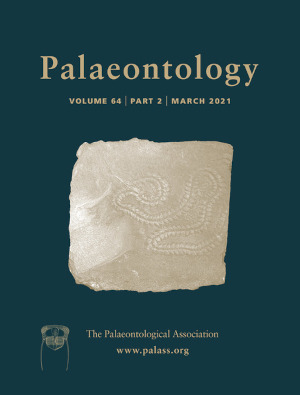Reg. Charity No. 1168330

Most jawed vertebrates (gnathostomes) replace their teeth throughout life (polyphyodonty) and there is currently great interest in its molecular and cellular basis, particularly in fish. While much has still to be elucidated, it appears that whichever tooth replacement mechanism is used, only one tooth replaces one predecessor, at any one time. Here we present fossil crushing dentitions of two extinct pycnodont fishes, Pycnodus zeaformis and Pycnodus maliensis. Their surface features and x-ray micro-CT virtual sections show no evidence of one-for-one replacement. Instead, individual large teeth were replaced by multiple small teeth, for which, as far as we could ascertain, there is no known mechanism. This occurred where underlying dentigerous bone was damaged. Small teeth also developed where parts of large teeth had broken off, and in gaps between large teeth created by the geometry of their close alignment in rows. We compared the virtual sections to those of functionally analogous crushing dentitions of three modern fishes. Contrasting greatly to the pycnodonts, each showed an orderly, one-for-one replacement, typical of osteichthyans. We propose that the pycnodont specimens exhibit a gap-filling tooth addition hitherto unseen in gnathostomes, and that the oral epithelium retained an initiatory competence throughout life, with a programming of ‘if a gap exists, fill it’. This would also have facilitated the addition of large teeth in rows, in space provided by ontogenetic growth. We hypothesize that gaps were registered as an absence of pressure at the crushing surface, initiating tooth development, as in the modern cichlid Astatoreochromis alluaudi.